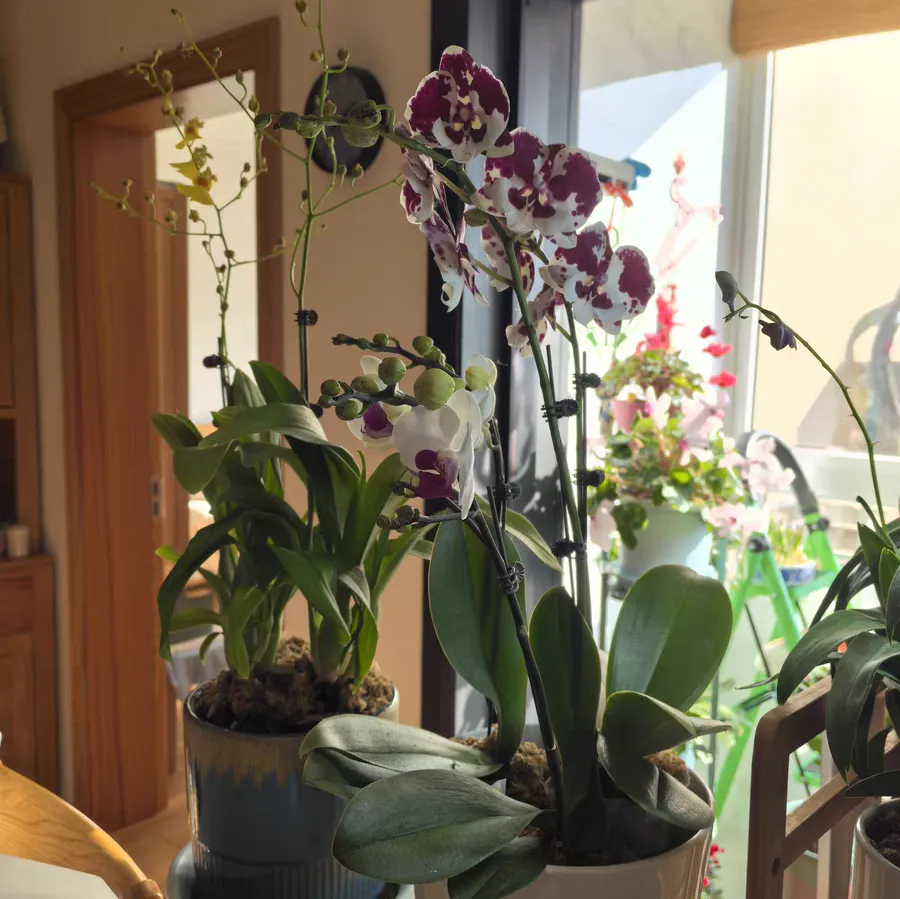In recent years, a kind of bonsai plant has been deeply loved by young people. It is the Japanese White Pine (Pinus parviflora), which is well - cultivated in Japan. Among them, there are a wide variety of Japanese White Pine varieties. The ones with short needles and compact branches are considered the best in appearance, and as a result, their prices also soar. It's quite common for a pot to be sold at a price of 5,000 - 8,000 yuan.
During the whole process of care, the Japanese White Pine is one of the plants that grow slowly and remain green throughout the four seasons. Therefore, in daily care, fertilization is not the key point. It's okay to apply a little fertilizer usually. During its growth, fertilizers containing nitrogen, phosphorus, and potassium nutrients can be applied to it. Because only with a balanced nutrition can its leaves be dark green and shiny.
Then, in the care of the Japanese White Pine, the key point is its water absorption. It is a water - loving plant, but at the same time, it is most afraid of waterlogging in the flowerpot soil. So after each watering, it's necessary to check whether there is waterlogging at the bottom of the pot. If there is, it should be drained. Otherwise, its roots are likely to be oxygen - deprived, and in severe cases, it will lead to the death of the roots. Secondly, another key point of care is that it should not be repotted every other year. Because it grows slowly, repotting it too frequently will, on the contrary, disrupt the root development. It's recommended to repot it once every four years.
As a kind of coniferous plant, it likes sunlight. In daily care, it can't always be placed in a dark room. It should be moved out to the balcony to get some sun more often. Otherwise, when photosynthesis is weak, its leaves will gradually turn yellow. Except in summer when more care is needed and it should be moved away from strong sunlight at noon and, if necessary, shading measures should be taken to prevent the plant from being sun - burned, in other seasons, there are not so many requirements and it can grow normally with normal bright light.
Finally, in daily care, if the leaves of the Japanese White Pine turn yellow and wither a lot, it's necessary to pay attention to whether it's caused by the temperature that makes it feel uncomfortable. The Japanese White Pine likes warmth and its growth temperature is around 25 degrees Celsius. If the temperature is too low or too high, it may directly affect its normal growth. In summer when the temperature is high, it's necessary to use a sun - shade net. In winter when the temperature is low, put a black plastic bag over it at night and move it to a warm room for care.
Is the Japanese White Pine (Pinus parviflora) easy to cultivate?

Share with
Tagged in :




Leave a Reply